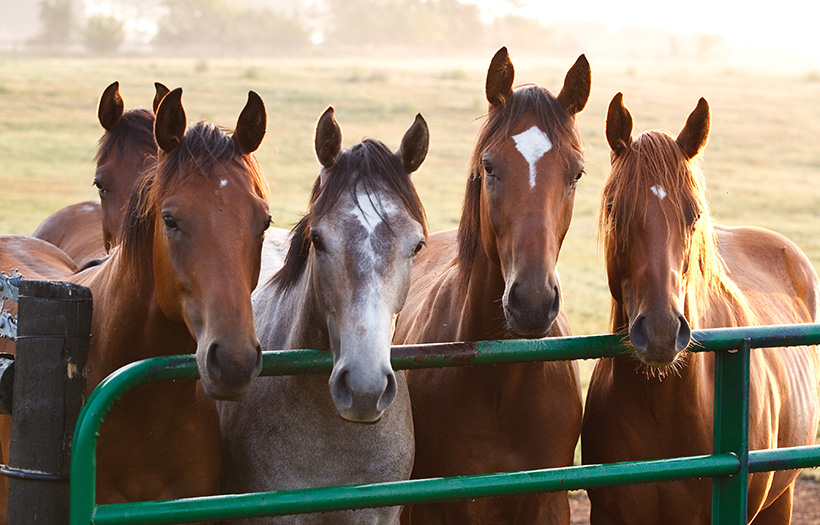When to Feed Ration Balancers

Feeding horses a balanced diet is essential for their overall health and well-being. In cases where horses receive a low amount of grain or appear to be lacking something in their diet, incorporating a ration balancer can be beneficial. This article discusses the importance of feeding ration balancers and highlights key features to consider when selecting one.
Understanding Nutrient Fortification Needs
Identifying Nutrient Gaps
When reviewing a farm’s feed program, it’s important to assess whether the horses are receiving proper nutrient fortification. In some cases, horses may only be receiving a small amount of grain, leading to potential nutrient deficiencies.
One Farm’s Problem
When we looked at the tag on her feed, the problem was obvious. Her feed was designed for to be fed at a rate of 0.5 – 0.75 pounds per 100 pounds of body weight. This means that to provide proper fortification for a 1000 pound horse, she would need to feed 5 – 7.5 pounds per day. By that standard, her horses that were only getting 1 lb per day were not receiving the nutrient fortification they needed for optimum health, and thus her feeling that “they appeared to be lacking something”. Her farm was feeding good quality hay at a rate of about 2% of each horse’s body weight, and the overall body condition of the horses was good, but we needed to balance the amino acid and vitamin/mineral fortification.
Balancing Amino Acids and Vitamins/Minerals
To address the nutrient deficiencies, incorporating a ration balancer can greatly improve the horse’s diet. Ration balancers have a low feeding rate, typically ranging from 0.25 to 1 pound per head per day. However, they provide a concentrated mix of extra vitamins, minerals, and protein essential for horses to achieve their full potential. While the protein level of a ration balancer may be around 30%, it’s important to understand that when comparing feeding rates, 1 pound of a 30% protein feed is equivalent to or slightly less than feeding a standard 12% feed at a higher rate.
Key Features of Ration Balancers
Probiotics, Prebiotics, and Organic Complexed Trace Minerals
Look for ration balancers that include probiotics and prebiotics, which enhance fiber and protein digestion while aiding mineral absorption. Additionally, organic complexed trace minerals, such as “zinc methionine complex” listed on the ingredient label, increase bioavailability, ensuring optimal utilization by the horse’s body.
Biotin, Methionine, and Guaranteed Amino Acids
A quality ration balancer should contain added biotin and methionine, important components for maintaining healthy hooves and a lustrous hair coat. It should also guarantee adequate levels of essential amino acids (such as lysine and methionine), minerals, and vitamins necessary for overall health.
Feeding a ration balancer can significantly enhance the nutritional balance of a horse’s diet. By providing concentrated levels of essential nutrients, probiotics, prebiotics, and organic complexed trace minerals, a quality ration balancer can often eliminate the need for additional supplementation. Selecting the right ration balancer ensures that horses receive the dietary essentials necessary for their optimal health and performance.
At Nutrena, we believe proper nutrition plays the biggest role for a lifetime of health and happiness for every horse. That’s why Nutrena horse feeds are specifically formulated for every life stage and activity level.
Ready to ensure your horse is getting the optimum nutrition at feeding time, every time? Find the perfect feed formulated specifically for horse’s needs with our Feed Selector Tool.
